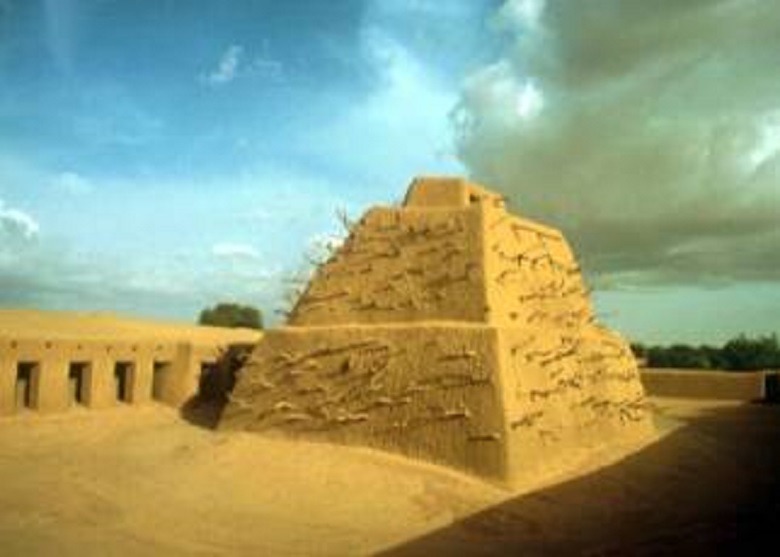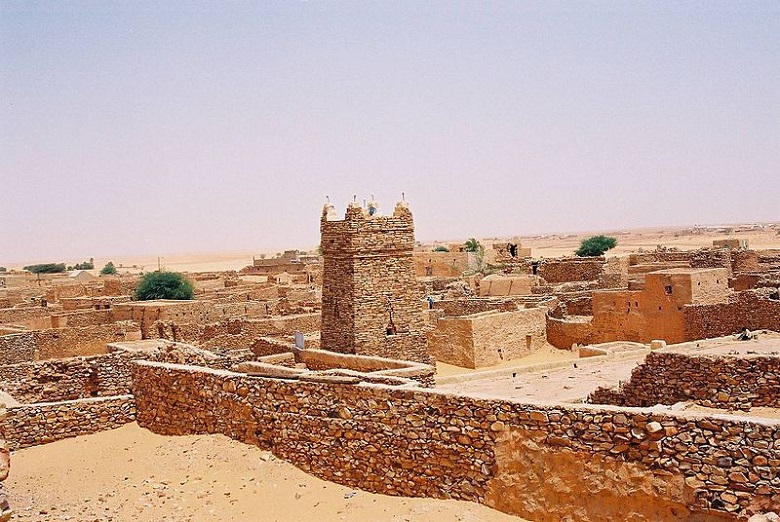Colonization, ideas of slavery, and exploitation often dominate the conversation of African history. Because of the way Africa paints in academia and mainstream media, these themes define the continent.
However, Africa is much more than that, as its rich and diverse history demonstrates before the “scramble for Africa.” From the Nubian, Oyo, and Solomonic dynasties to the Kingdom of Ghana and the Kongo Empire, African empires have painted African history with an exciting brush. This article will concentrate on just the top five of the African kingdom.
The 5 of greatest African empire
1. The Songhai Empire

The Songhai Empire (also pronounced Songhai) was a state that ruled the Western Sahel in the 15th and 16th centuries. At its apex, it was among the most significant states in the history of Africa. The state is known by its historical name, derived from its leading ethnic group and ruling elite, the Songhai. Sonni Ali founded Gao as the empire’s capital, although the Songhai state had been in existence in and around Gao since the 11th century. The other important cities of the empire were Timbuktu and Djenne, conquered in 1468 and 1475, respectively, and trade centered on the cities flourished. Initially, the Sonny dynasty ruled (c.1464-1493) but later replaced by the Askiya dynasty (1493-1591).
Over the second part of the 13th century, Gao and the neighboring area had developed into an influential trading center and attracted the expanding Malian Empire’s attention. Mali conquered Gao in the late 13th century, and the town would remain under Malian hegemony until the late 14th century. But as the Mali Empire began to disintegrate, Songhai regained control of Gao. Songhai rulers then used the weakened Mali Empire to expand Songhai rule.
2. The Aksumite Empire
This ancient society, also known as the Kingdom of Aksum (or Axum), is the oldest African kingdom on this list, spread over what is today Ethiopia and Eritrea, in a country that dates back to 10,000years.
The Aksumites were crucial contributors to the commercial trade routes that existed between the Romans and ancient India. They considered one of the four great powers of the age and China, Rome, and Persia. One of the Several stelae (pre-Christian era stone and wood panels used as monuments) erect during the Aksumites’ reign. Still, one of them is the most famous.
The Axum Obelisk, located at 79 feet, is about 1700 years old and is located in what is today Axum, Ethiopia. Later, when the Aksumites converted to Christianity, they unknowingly laid the foundation for the Orthodox Church in Ethiopia. Today, Axum is also the resting place of the legendary Ark of the Covenant.
3. The Mali Empire
The founding of the Malian Empire dates back to the 1200s when a ruler named Sundiata Keita – sometimes called the “Lion King” – led a revolt against the Sosso kings and united his subjects into a new nation. Under Keita and his successors, the empire strengthened its grip on much of West Africa and became rich in trade. Its most important cities were Timbuktu and Djenne, both known for their elaborate adobe mosques and madrasas. One of these institutions, the University of Sankore in Timbuktu, included a library with an estimated 700,000 manuscripts.
Mali’s empire eventually disintegrated in the 16th century, but at its peak, it was one of the African continent’s jewels, renowned for its wealth and luxury. One legendary tale of the kingdom’s wealth involves ruler Mansa Musa, who made a stopover in Egypt during the 14th-century pilgrimage to Mecca. According to contemporary sources, Musa threw away so much gold during his visit that he caused its value to plummet in the Egyptian market for several years.
4. Ghana Empire
The Ghanaian Empire, known to its rulers as the Wagadu Empire, was located in the south-east of Mauritania, west of Mali, and east of Senegal. There is no agreement on when it originated. Still, its evolution linked to the changes in trade that occurred throughout the centuries following camels’ introduction into Western Sahara (3rd century).
By the time of the Muslim subjugation of North Africa in the 7th century, the camel had changed from an earlier, more unruly trade path to a trade network from Morocco to the Niger River. This regular and enhanced trans-Saharan trade in gold, salt, and ivory permitted larger urban centers and inspired territorial expansion to gain control over different trade routes.
5. Mutapa Empire/Great Zimbabwe
One of the most striking antiquities in sub-Saharan Africa is Great Zimbabwe, a spectacular collection of stacked megaliths, stone towers, and defensive walls assembled from cut granite blocks.
The rock castle has long been the subject of myth and legend. It was once believed to be the abode of the biblical Queen of Sheba. Still, historians now know it as the capital of a native empire that ruled a large part of modern Botswana, Zimbabwe, and Mozambique during the 13th and 15th centuries. It was particularly rich in precious metals and cattle and spanned a trade route that linked the region’s goldfields to ports along the Indian Ocean.
Though little is know about its history, the remains of artifacts such as Chinese pottery, Arabian glass, and European textiles suggest it was once a well-connected commercial center. The fortress city of Great Zimbabwe was mysteriously abandoned sometime in the 15th century after the fall of the kingdom, but it was home to an estimated 20,000 people in its prime.
